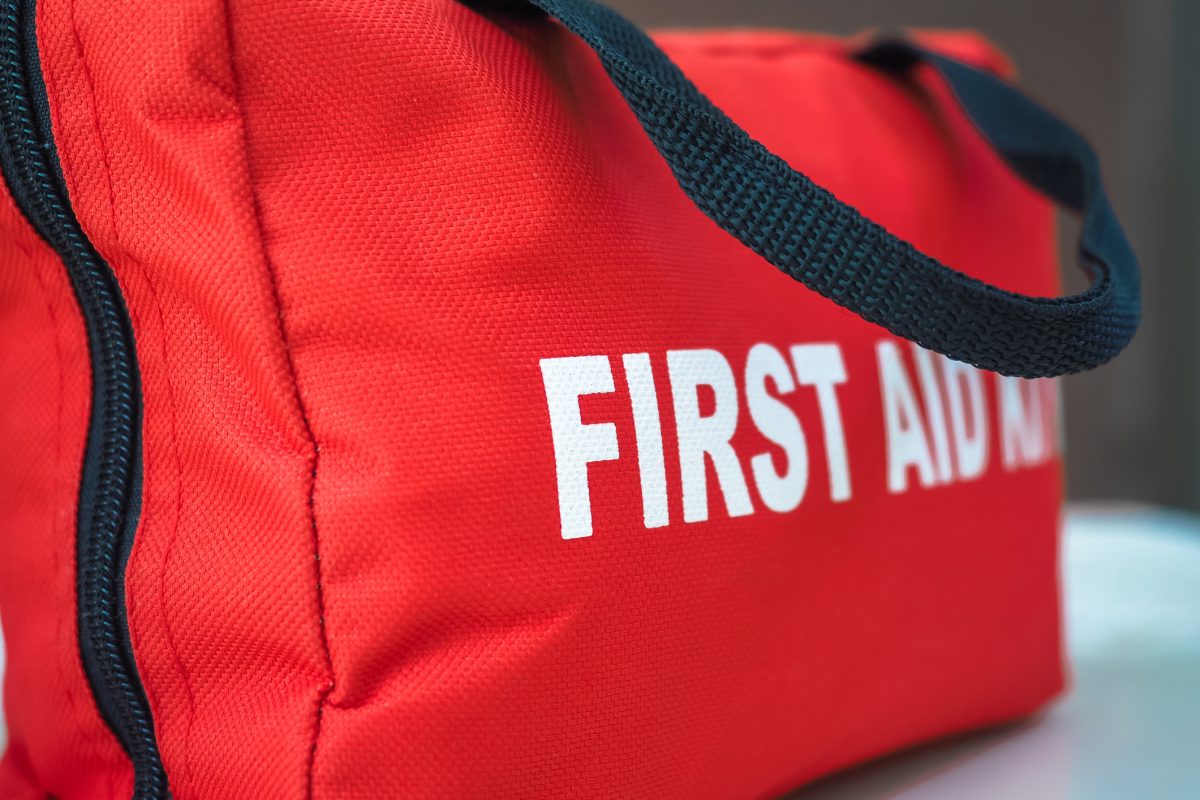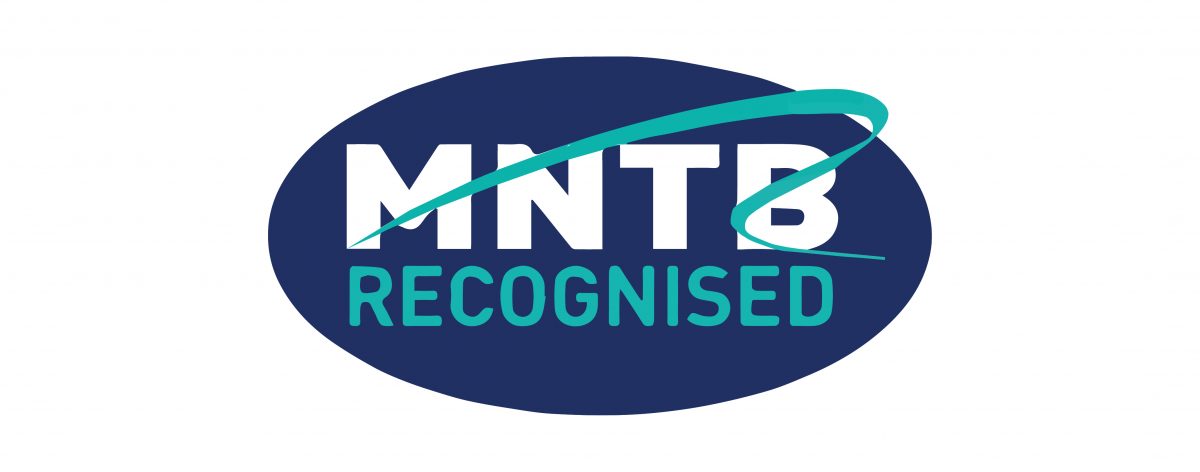I love a medical kit. Don’t judge me for it until you hear why.
I specialised in trauma. When someone is screaming in agony and there is blood and vomit and all manner of other injuries to assess then I work with a strict assessment protocol to ensure that I don’t miss anything critical in the face of the distracting injuries.
It makes sense that I want to access my kit and find it laid out in an intuitive way that follows my assessment protocol. So, it won’t surprise you to know that my kit is organised in that way. Obvious right? Wrong. It is obvious to me because I have been doing this for more years than I care for you to know and can reach blindly into my kit bag and know exactly where my hand will be reaching and sure enough the right piece of kit will be pulled out.
If you are not doing this all the time, then you may look at your kit on board and think “I have no idea what that is or what it is used for”. The main reason this happens is because the training that you receive is, generally speaking, based on a Category A Maritime and Coastguard Agency medical kit or a World Health Organisation Category 0 kit. This is a great start, but as you probably already know, each medical supply company may source their kit from different suppliers which means it is packaged differently and may have a trade name plastered all over it instead of its generic name. So, when it comes to identifying what you have you can be forgiven for having no idea what your traction device looks like or where your triangular bandages will be kept or if Immodium is in fact Loperamide.
How do you work around these issues? First and foremost you need to learn your kit. If you don’t know, google it or ask your supplier what it is for. Youtube is a great source of video tutorials for equipment use.
Next, make sure your kit is laid out how you plan on using it. I was on a vessel recently and we did a trauma scenario. The trauma kit was in 4 separate bags. We only knew that after getting all 11 bags out and searching through because every kit bag was identical. It is important to have an emergency grab bag with the essentials in it that you will need to stabilise life-threatening injuries. I would also consider keeping emergency medications in that bag such as Aspirin and Adrenaline (Epipens).
Keep your medications stored by use. For example, keep all your anti-sickness medications together and all your skin creams together etc.
Pack your wound management kit as you would use it. Wound cleaning, wound closure, wound dressings etc.
Stuff that doesn’t get used that often and is not required in an emergency can be put away.
IMPORTANT NOTE
If you are part of a fleet of vessels, it is important that your medical kit is stored and kept in the same places on each vessel so that there is no confusion. If you go on Vessel A and the emergency grab bag is on the bridge then it should be on the bridge on vessels B, C, D, etc.
You should also ensure that the same kit is in the same bags so that in an emergency if you need a triangular bandage then you will find it in the same place regardless of which vessel you are on.
The temptation with the MCA and WHO kits is to keep them exactly in the order that the printed list is in because it is easier when doing your checks but believe me, from experience it is hard to use that kit when it is all in different places within the medical locker.
Red Square Medical employ sea-going medics who have years and years of experience in organising and using medical kits. Get in touch if you think we might be able to help you. We can organise and catalogue your kit, standardise it across your fleet or personalise it if you are independently operating and want to get your medical kit looking as slick as the rest of your operations on board.
Article written by one of our Marine Training Consultants, Liz Baugh.
For more information, please email Liz.


